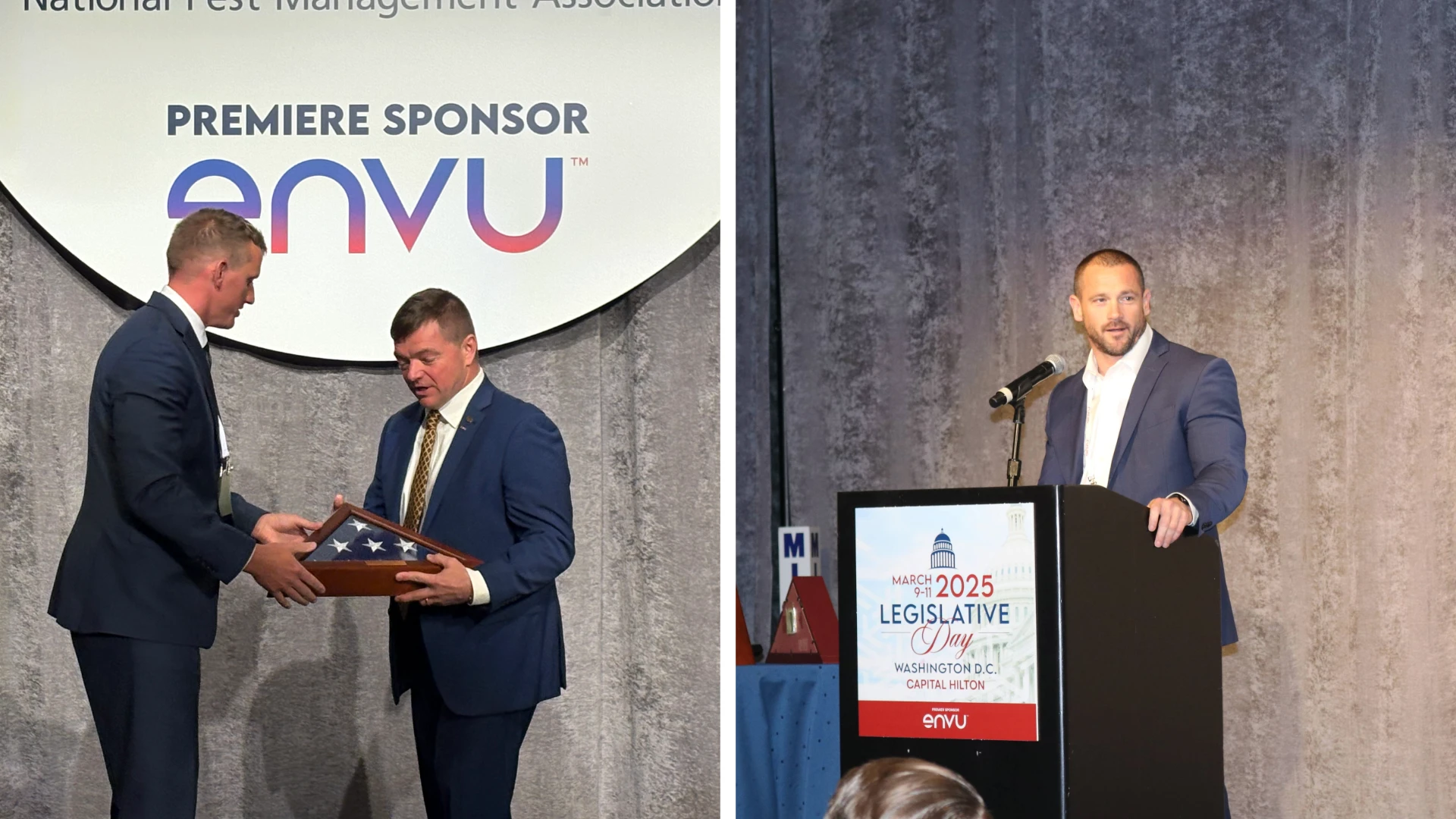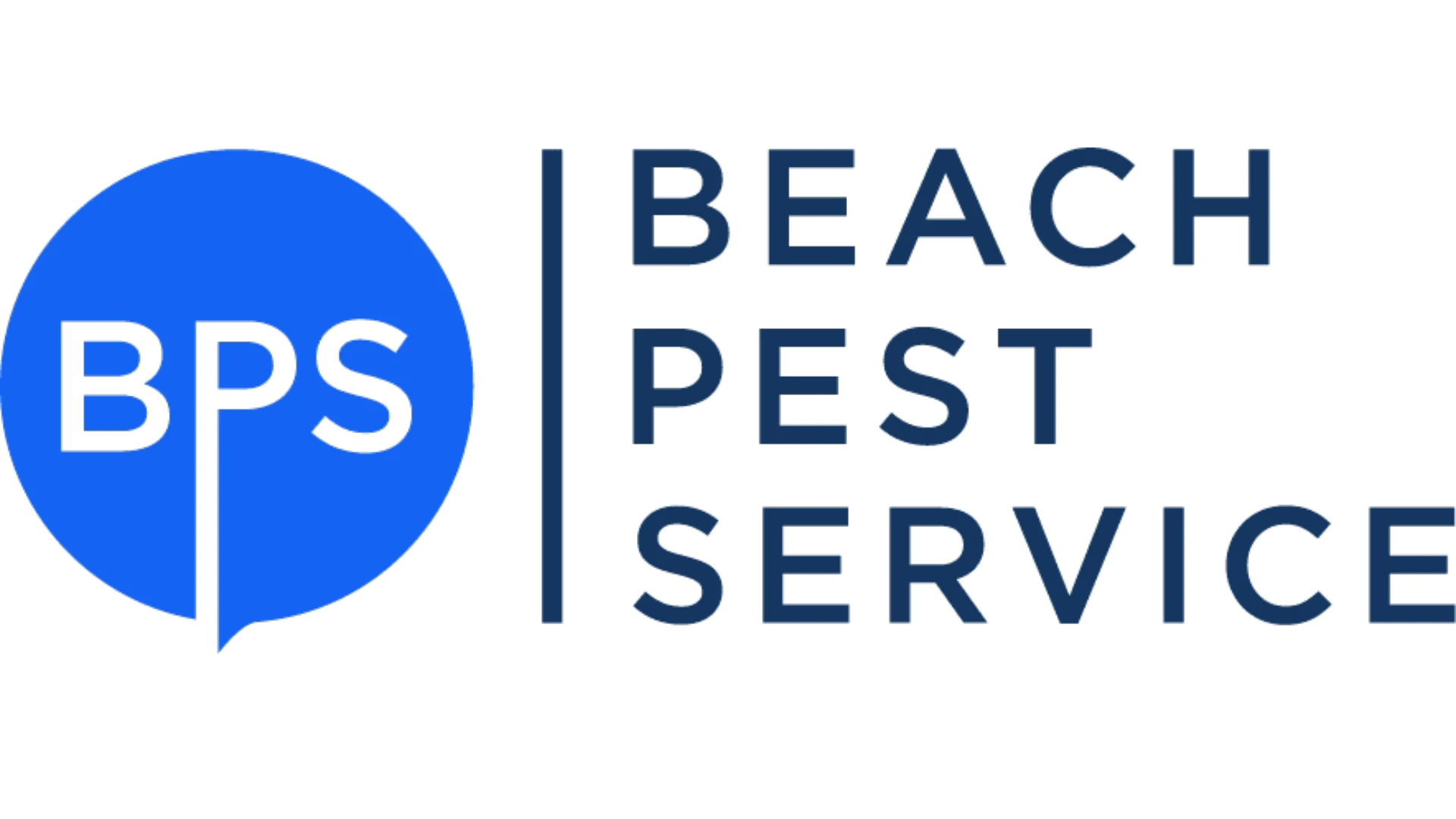If you were involved in providing pest control service for apartments, restaurants or nursing homes more than 10 or 15 years ago I’m sure you can remember some of the "good ole days." If my memory serves me right, it seems that the apartment managers would normally send out notices for the day of our pest control service. This service notice told the residents of the apartment complex to have all of their kitchen and bathroom cabinets cleaned out so that we would have access to treat all of those harborage areas. We were usually armed with a hand duster, a 1-gallon compressed air sprayer and an aerosol can of pyrethrum. It was common to find units with no preparation or maybe a couple of cabinets cleaned out and sometimes a lot of roaches.
I honestly couldn’t tell you how many times I’ve been told, "go ahead and spray in there ‘cause we don’t use those dishes anyways." Of course, I’d then have to take the time to explain why we couldn’t do that. I can also remember working all day, going home for three or four hours, only to go back out to work restaurants after they closed so that they’d be able to prepare for treatment.
There have been bait products available for cockroach control for many years. However, it seemed that with the advent of the newer bait formulations many of our "service headaches" dealing with cockroaches looked to be a thing of the past. Residents of nursing homes could often stay in their rooms while we inspected and treated, restaurants could be serviced in the mornings before opening and apartments could often be effectively serviced even if a resident failed to "clean out" all of their cabinets on the day of their scheduled service. Over the past several years there have been increasing reports of cockroach feeding aversion to bait products. Does this mean that we are facing an end to another era in our industry? If so, what are we going to do?
LET’S NOT PANIC. Well, first of all, the current outlook on cockroach bait effectiveness isn’t as bad as the picture I painted in the opening of this article. Confirmed cockroach bait aversion and reduced effectiveness currently appears to be largely localized and often in isolated accounts.
Second, there are many manufacturers and university researchers investigating alternate bait formulations and active ingredients for development of new products or enhancements to existing products. I do feel, however, that we should all take the time to seriously evaluate our current methods, practices and products that we use daily in providing cockroach control and prevention services.
"LUCKY LURE." When I was growing up, my Uncle Dub often took me fishing. There was rarely a fishing trip made, that at some time during the day, he wouldn’t pull out an old jointed shallow running plug to fish with. One day I finally asked him why he fished with that old plug when he had a tackle box full of newer lures. He told me that many years before he had bought this plug and gone fishing. On that particular afternoon he caught several big bass, including one that weighed in at 9½ pounds.
The point of the story isn’t to tell you about my uncle’s "lucky lure." The fact was that over the years he had caught numerous big bass with that lure and he had developed the confidence that if the conditions were right he stood a good chance of catching a big bass when using it. Even though he knew that this lure was proven, he had many other fishing lures that he would often use successfully depending upon the conditions he encountered on a particular trip.
In our industry we have a number of proven strategies that we should always "stick with" regardless of the insecticide product or formulation we are using. We should look at each and every account from an Integrated Pest Management (IPM) standpoint and consider this practice an essential "key program ingredient." Regardless of how well we think a particular product will work, it’s been proven that most any insecticide application will work more effectively when good sanitation practices are in place and reduced potential pest harborages are minimized. In addition, the pest management professional should consistently strive to make thorough and complete inspections, monitor for pest activity and take action based upon those findings.
MATERIALS AND METHODS. I don’t plan to take the bait guns out of our service trucks anytime in the near future. I feel that all pest management professionals should consider focusing their cockroach control training programs on the use of IPM techniques and multiple product and formulation selection. Consideration should be given as to the use of IGRs, long-lasting insecticide dust formulations, other residual insecticide products and formulations in combination with cockroach bait applications. It is also important to train and "retrain" technicians on the principles of proper cockroach bait application and the position your company is taking to incorporate other selected materials into your cockroach control programming.
On many occasions when I’ve gone out to investigate accounts where technicians have reported difficulty controlling German cockroaches I have found poor sanitation conditions, excessive clutter and insufficient numbers of or poorly located cockroach bait placements. When technicians are using cockroach baits we need to always point out to them preferred bait placement location(s) and the size and numbers of placements that should be necessary to adequately address the cockroach concern they are attempting to control. If a particular account has a recurring cockroach concern then you should take the time to go out "in the field" and investigate the situation. Through this investigation process you should be able to get an idea whether this account may have cockroach bait feeding aversion or if it is simply a treatment issue with a particular service technician. If bait feeding aversion appears to be a possibility then it may be time to seriously consider incorporating other insecticide products and formulations to effectively solve this problem.
CONCLUSION. What the future holds for the use of cockroach baits in our industry isn’t crystal clear. Development of new bait products and formulations might overcome cockroach feeding aversion. On the other hand, chances are that we’ll be faced in the future with isolated or even widespread cockroach feeding aversion or product resistance issues. It is also possible that other products or technologies may be developed that will greatly reduce or even eventually replace the use of cockroach baiting applications.
Regardless of any of these events, as pest management professionals we should all strive to implement cockroach control programming through an Integrated Pest Management approach emphasizing inspection, monitoring and then taking action based upon our findings. We also should strive to be educators for both our customers and technicians. We should also continue stressing the need for good sanitation and exclusion practices, which will reduce our dependence on the use of all pesticides in achieving effective cockroach control programming.
Pesticide applications should always take place when and where needed based upon the consideration of what particular product and formulation would work best with the particular situation that we are facing. By incorporating these strategies into our cockroach management programming the chances of achieving success using cockroach baits will be greatly enhanced.
The author is owner of McNeely Pest Control, Winston-Salem, N.C. He can be reached at smcneely@pctonline.com.

Explore the May 2003 Issue
Check out more from this issue and find your next story to read.
Latest from Pest Control Technology
- Understanding Rodents and Bird Flu
- Green Pest Solutions Awards Safest Driver New 2025 Ford F150
- UF/IFAS Sheds Light on Tiny Invaders During Termite Awareness Week
- Registration Open for Lawn & Landscape Technology Conference
- Fleetio Launches Automotive Service Excellence Scholarship
- WorkWave Appoints John Phelan as CTO
- PMPs Use Capitol Hill Visits to Push for Preemption
- 20 Trapping Tips





